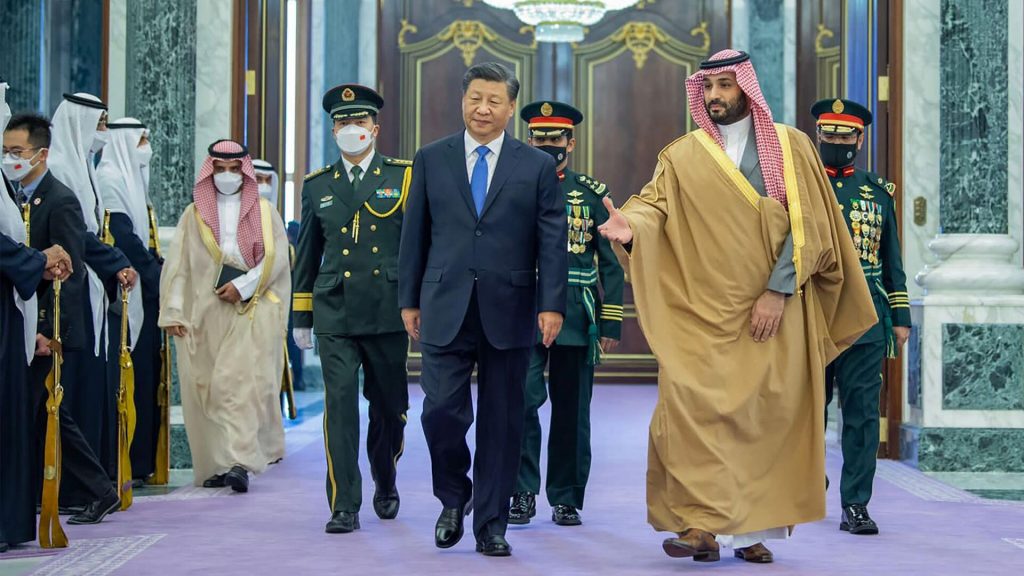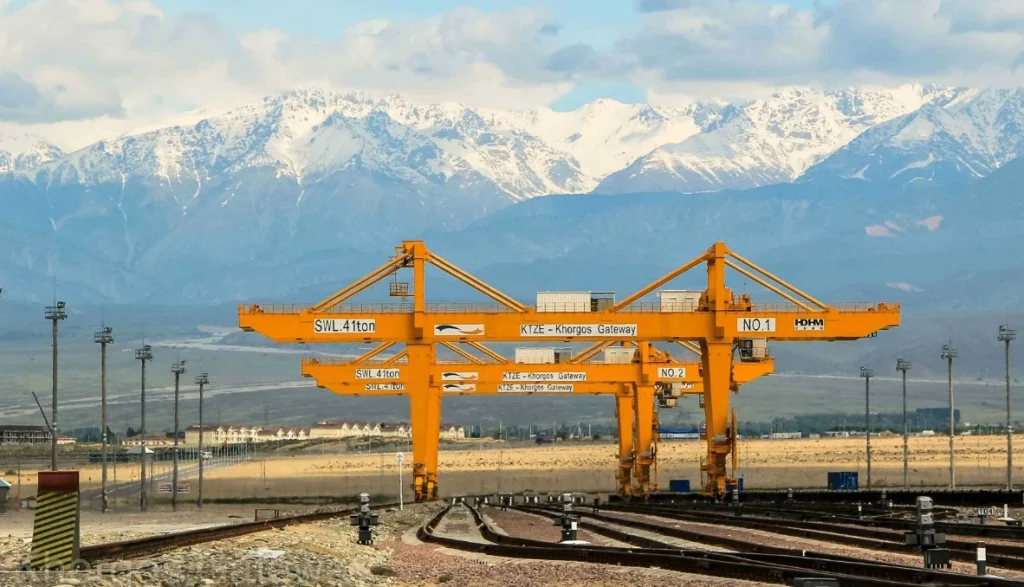The active strengthening of Chinese-Arabian relations began in early 2016, when Xi Jinping paid an official visit to Riyadh and held a meeting with the King of Saudi Arabia, Salman bin Abdulaziz al Saud, for the first time in seven years. A year later, al Saud returned to Beijing, where the Chinese leader also warmly greeted him.
Even though Saudi Arabia was the last country in the Middle East to establish diplomatic relations with China (this happened only in 1989), for more than thirty years, economic ties between the two states have regularly set new records. Over the past five years, relations have been significantly strengthened in the political sphere, caused by China’s desire to strengthen its influence in Asia-Pacific, the Middle East and Africa.
This Content Is Only For Subscribers
The visible result of China’s efforts to rapprochement with Saudi Arabia was demonstrated in July 2022, when the American president toured Middle Eastern states intending to strengthen American influence in the region. In this matter, it was Saudi Arabia that was considered the main target of the American president since its position remained strategically crucial for the entire region: the severance of diplomatic relations between Riyadh and Tehran helped Washington restrain Iran’s nuclear ambitions, the strained relations of the Saudis with Egypt also contributed to the formation of a zone of instability at the junction Middle Eastern and African relations. Riyadh has also been a reliable partner of Washington in the fight against Islamic terrorism. In addition to actively influencing regional politics, Saudi Arabia has also been an important partner of the United States in energy matters since the country’s rich natural resources have always been one of the key tools for regulating prices in world markets.
An important point: the murder of Saudi journalist Jamal Khashoggi in October 2018 was a breakthrough moment in relations between Riyadh and Washington. At the same time, the United States publicly accused the Crown Prince of Saudi Arabia, Mohammed bin Salman al-Saud, of equating him with international terrorists. At the same time, China showed a more restrained reaction and lent a shoulder to the Crown Prince in the struggle to retain power.
In fact, Biden’s visit to Riyadh turned out to be extremely unsuccessful both from the point of view of regional politics and the perspective of the prospects for the energy market. At the same time, a completely different result was demonstrated six months later – during the visit of the PRC leader to Saudi Arabia. It is important to note that this visit was a state visit – that is, it was the highest form of diplomatic relations between the two countries.

As a result of the negotiations, the parties signed 34 economic agreements in various areas, from green energy and information technology to transport and construction. The total amount of all deals amounted to 110 billion Saudi riyals (about 29.2 billion dollars). The two countries also agreed to coordinate between Saudi Arabia’s Vision 2030 development program and China’s Belt and Road Initiative. At the same time, the main result of the visit was the signing of a comprehensive strategic partnership agreement between Beijing and Riyadh.
In an interview with Saudi media, Xi Jinping stressed that he is “a pioneer, ushering in a new era of China’s relations with the Arab world, the Arab Gulf countries and Saudi Arabia.” In addition to bilateral negotiations, the Chinese President took part in two summits: “China-Arab World” and “China – Gulf Cooperation Council (GCC)”.
The first results of strengthening relations between China and Saudi Arabia were not long in coming: in March 2023, at the initiative of Beijing, Riyadh and Tehran announced the restoration of diplomatic relations (they were severed in 2016 after the Saudi military entered Yemen to fight the pro-Iranian Houthis), which contributed to the stabilisation of the situation throughout the Middle East region. Also, under the patronage of China, Saudi Arabia several times supported Russia’s initiative to reduce oil production within the framework of OPEC+. At the recent BRICS summit, Saudi Arabia (like Iran) became one of six countries to gain membership in the organisation starting next year.
It is important to note that in Beijing’s geostrategic plans, Saudi Arabia is also seen as an essential component of the China-Africa trade route, in which China has invested about a trillion dollars over the past decades. Its way passes, among others, through the territory of Afghanistan, Iran, Saudi Arabia and Egypt, countries where China is strengthening its positions and trying to resolve interstate conflicts.

It is about forming a solid alliance that acts as a united front to reduce the influence of the United States in the Asia-Pacific region and the Middle East. At the same time, in this alliance, while remaining the main oil supplier to China, Saudi Arabia is one of Beijing’s main partners.
In this context, it is essential to note that China and Saudi Arabia are not clear partners of Russia in the war against Ukraine. Both Beijing and Riyadh view the Russian-Ukrainian war as an element of a global struggle between West and East over sales markets, transport routes and regional influence. It is important to note that from the point of view of political ambitions, neither China nor Saudi Arabia has a principled position regarding the territorial integrity of Ukraine, which automatically provokes a conflict of interests with Kyiv.
At the same time, starting in 2017, Beijing did not consider the territory of Ukraine as part of the “One Belt – One Road” project, which significantly reduced China’s interests in this region (the development of relations with Belarus is a priority). On the other hand, recently, Chinese diplomats have become significantly more active in the search for projects for investment in the post-war reconstruction of Ukraine. Moreover, both Beijing and Riyadh are interested in promoting peace initiatives in the Global South, which, if implemented, could demonstrate the ability to resolve global conflicts without the participation of the United States and Europe.
It is also worth noting that Saudi Arabia actively invested in Ukrainian lands even before the start of Russia’s full-scale war against Ukraine. Moreover, an important aspect of such investments was not the purchase of land for growing agricultural products (back in 2020, the government of Saudi Arabia concluded that it was much more profitable to buy finished agricultural products rather than grow them in third countries) but the creation of recreational areas mainly on the territory of the Ukrainian Carpathians (in this matter the main advantage is the local climate). Apparently, after the end of hostilities, the issue of implementing such projects became urgent.


